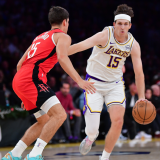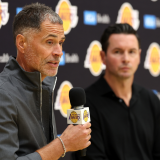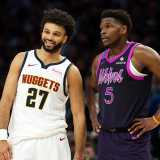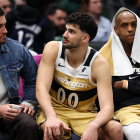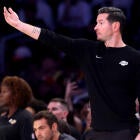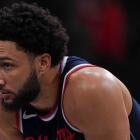NBA's ludicrous spending spree sends cap projections lower for 2017-18
Lower-than-projected 2017 cap will make it harder for Warriors to re-sign Kevin Durant

NBA owners have spent money like drunken sailors during 2016 free agency, and the ripple effects could be wide ranging.
The league notified teams Thursday that its salary cap projection for the 2017-18 season has been lowered to $102 million. Previous projections had been as high as $110 million; before free agency began, the league was projecting a $107 million cap for '17-18.
The cap is set each July based on the previous season's revenues, but it also is affected by projected spending on player salaries going forward. This year, more than $1.7 billion in contracts were handed out on Day 1 of free agency alone, and the spending spree hasn't stopped. Thus, the projected shortfall between negotiated salaries and the players' collectively bargained guarantee of 51 percent of revenues has gotten smaller for '17-18.
As recently as All-Star weekend, commissioner Adam Silver was projecting a $500 million shortfall in '17-18. On Thursday, league sources confirmed that the shortfall is now projected to be about $200 million. As a result, the projected cap for '17-18 must come down because the shortfall-based component is lower.
Owners already are on the hook for a shortfall check to the union for the 2016-17 season in the amount of $133 million, to be distributed evenly among the players.
The cap projection coming in lower for '17-18 could have a profound effect on the biggest free agent of 2016: Kevin Durant. The former Oklahoma City star agreed to a two-year, $54 million deal with the Golden State Warriors. He will opt out of the deal next summer and become a free agent again.
But since the Warriors won't have Durant's Bird rights, they won't be able to go over the cap to re-sign him; instead, they'll have to create about $33 million in room for Durant's new deal if they intend to pay him the most he can make on the market.
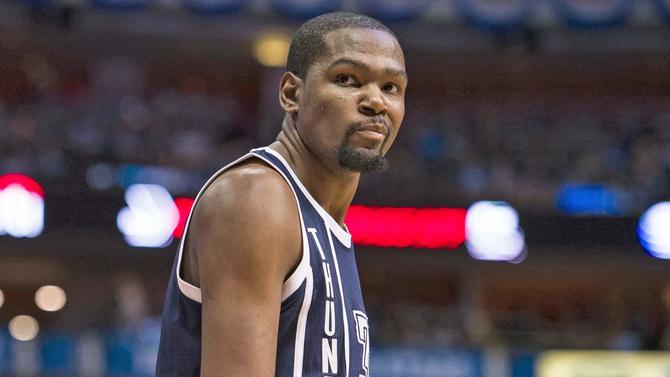
Cap projections change all the time, and in that regard, this isn't really big news. But in the wake of the cap spike from $70 million to $94 million for this coming season, the latest adjustment for future years is another example of a disruption to the system that an unanticipated tripling of the league's TV deal has created.
Team executives like the status quo, and they love certainty. The sudden infusion of extra revenue into the player compensation pool has thrown a bucket of cold water on the concepts of certainty and planning. The projected cap and tax levels are always moving targets, but with such a massive one-year jump, there's much more room for error.
Of course, all of this could become a moot point depending on how much progress the league and players' union are able to make in their negotiations on revising the CBA. The goal has been to agree on a new deal before either side can opt out of the current one on Dec. 15, 2016. Without a deal, or at least significant progress by then, the possibility of another work stoppage looms on July 1, 2017.
Regardless of projections, the NBA business has never been healthier. Even at $102 million, the two-year jump in the cap represents a 46 percent increase from the 2015-16 cap of $70 million. Given the massive increase in revenues -- $1 billion over the past three seasons alone -- the stakes are way too high for a work stoppage that would cause a loss of games. The 2011 lockout cost 20 percent of the season and about $800 million. The price will be 2-3 times that this time around.
Nonetheless, you can already predict how some of the same old tried and true arguments will be framed. Some owners will point to rising salaries as proof that they need a hard salary cap. Small- and mid-market owners will decry flaws in the system that allowed another Super Team to be formed in the Bay Area. On the players' side, NBPA executive director Michelle Roberts, no doubt, will point to escalating revenues and argue that the reduction in the players' share from 57 to 51 percent was a relic of an old system and that such a split isn't needed anymore.
I don't know about you, but my head hurts just thinking about it. And the only thing I can project with any certainty is that more Tylenol will be needed before this is over.



